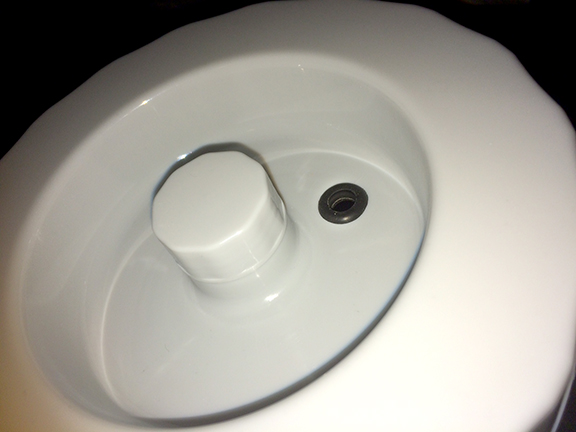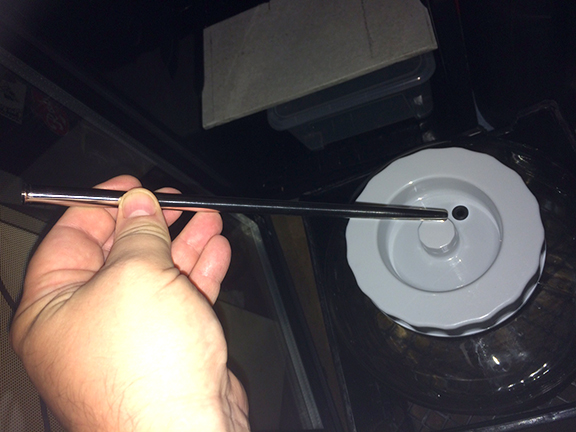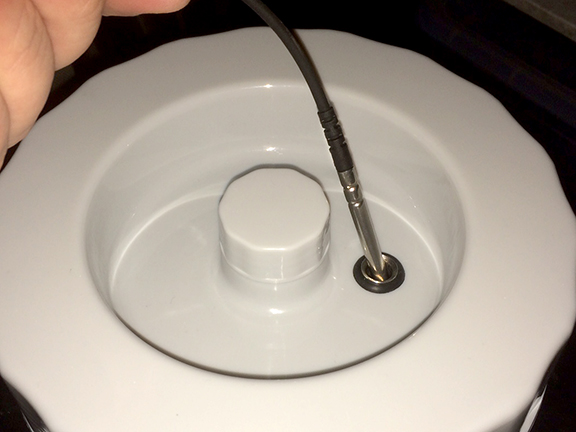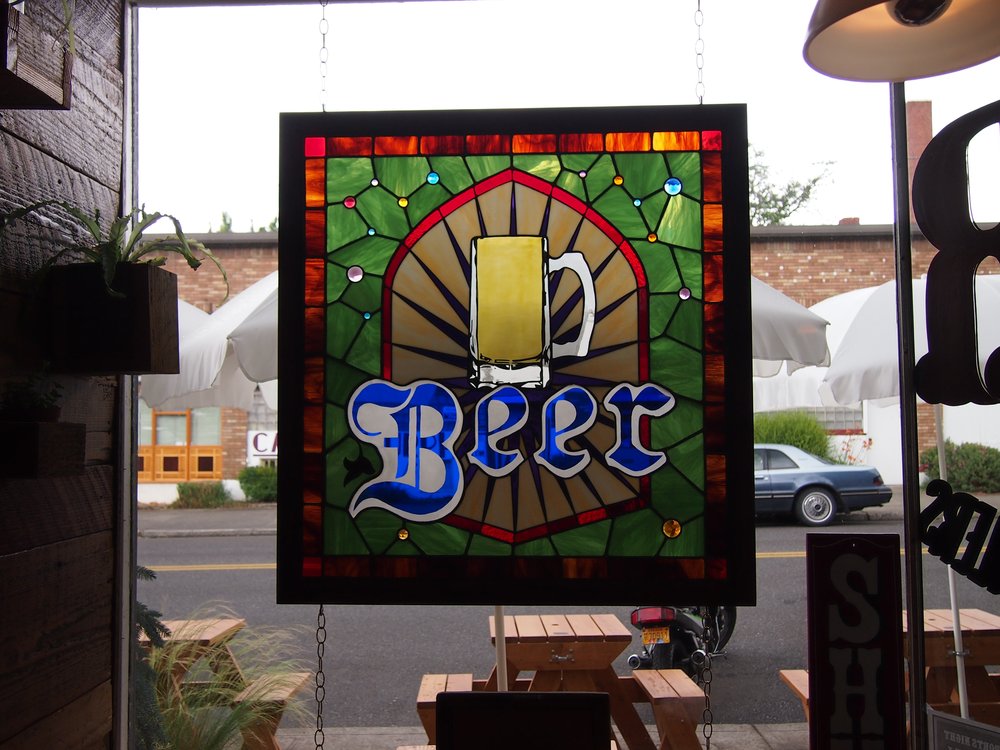That's the way hysteresis works. If you don't have a dead band for on/off controllers, they end up fast cycling which causes early equipment failures. If you want to maintain a setpoint at a specific value, you need to use some kind of variable output controller (like a PID.) However, variable output controllers are not compatible with compressors. So, for a refrigeration unit, on/off control is the only way to go (unless you use a throtlable recirculating coolant with a thermal mass.)
The hysteresis of the ITC-308 can be set as low as +/- 1°F (or +/- 0.3°C IIRC.) If you are going to use a small hysteresis band, then you want to make sure to use a long compressor delay time to protect the compressor from early failure.
By placing the temp probe on the outside of a fermenter, and insulating it
lightly, you get the heating/cooling system to react faster than the thermal mass in the fermenter, and thus keep the fermenting beer at a more even temperature. A thermowell in the fermenter is not the best placement for maintaining uniform beer temperature when using a simple on/off controller.
Brew on










































![Craft A Brew - Safale BE-256 Yeast - Fermentis - Belgian Ale Dry Yeast - For Belgian & Strong Ales - Ingredients for Home Brewing - Beer Making Supplies - [3 Pack]](https://m.media-amazon.com/images/I/51bcKEwQmWL._SL500_.jpg)



























